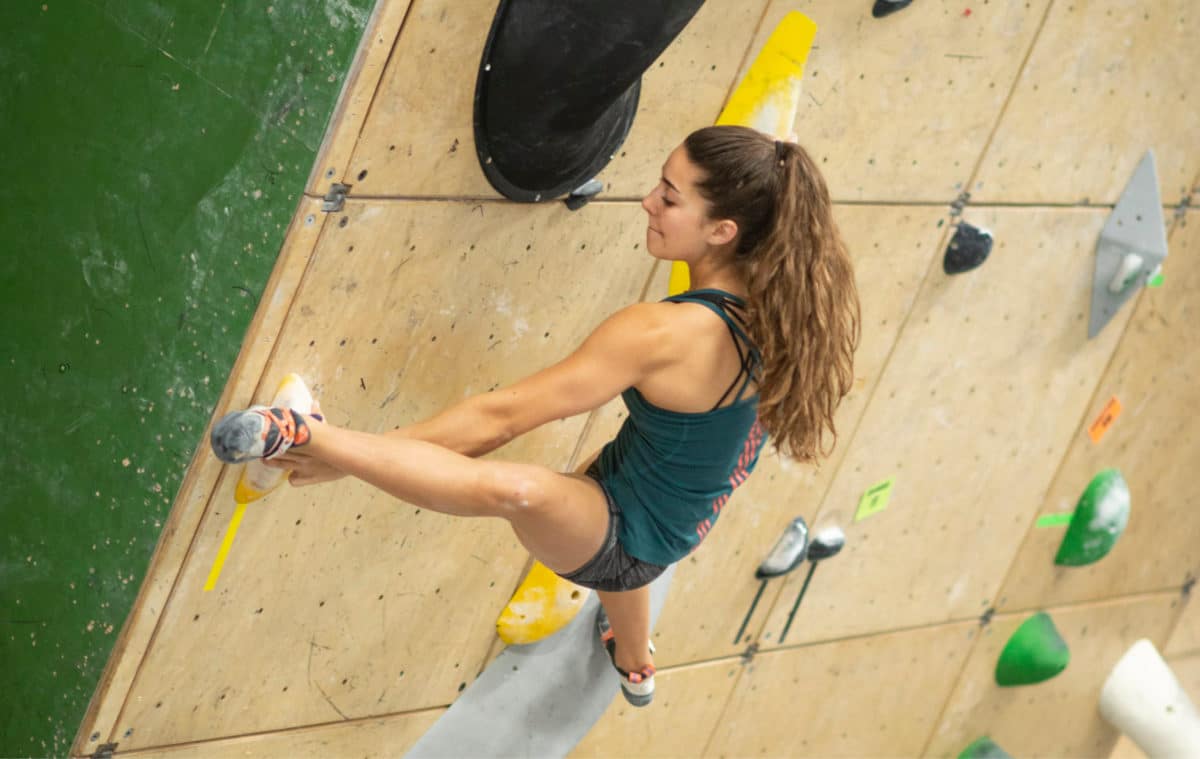You finally decided to take the fun in life a notch higher. This time you are planning to hit a plateau and test your bouldering skills. There could be a host of challenges in this new hobby but learning how to boulder will make your climbing exercises hassle-free. Check out our guide on how to get better at bouldering.
How To Improve Your Bouldering
There are several things that you can do to enhance your climbing prowess whether you are a beginner or veteran. Tighten your seat-belt as we take you through the magic of becoming the climber that you have always wanted to be.
Prioritize Technique Over Strength Training
Technique is more important especially if you are a beginner. Learning bouldering techniques should be your first step before going for strength training. You cannot walk in a path if you don’t understand where you are heading to.
Techniques set the base for strength training. Familiarize yourself with the basic and other elaborate climbing techniques before hitting the gym or embarking on climbing the wall. There are numerous resources on bouldering techniques available freely online. You may read through these materials or visit a gym offering rock climbing training sessions.
Trainers understand what it takes to become accomplished boulders and they won’t rush you to strength activities if you have learned enough techniques. Your trainer will take you through the essential rock climbing techniques to ensure that you understand the basics before any strengthening activities.
Practice Makes Perfect
Bouldering is a fun hobby that legions of adventurers would give up anything for. However, it comes with a series of daredevils that require you to undergo rigorous practice before heading to the cliff for the real thing.
Your trainer has taken you through the bouldering techniques. It is time to hit the gym as ever for intense practice. Nothing can take the place of practice when it comes to rock climbing. Practice as much as you can to perfect your skills.
Identify the right gear that you need and spare some time to visit the game for indoor bouldering training. The amount of time you spend in the gym depends on how fast you want to perfect your climbing skills.
For instance, spending more time at the gym increases the contact time with your trainer besides helping you to interact with other experienced climbers.
Work On Your Weaknesses
The top secret to improving your bouldering skills is by working on your weaknesses. Veterans understand their weaknesses and they always focus on improving on them in their way to becoming accomplished climbers.
The early days of learning how to boulder can be challenging especially if you have some fears about the art of rock climbing. Besides, even the swiftest learners experience various weaknesses when learning the bouldering skills.
The best way to overcome your weaknesses is differentiating between the things that you can do with ease and those that trouble you. Spend more time improving on your weaknesses.
Some of the things to look into include whether you have endurance and breathing issues. Also check if your hands hinder your progress or if you have any trouble with dynamic moves.
It would help if you consider allocating more time for activities and techniques that help you to overcome these weaknesses. For instance, you can boost your coordination and overall strength through floor-based activists.
Your skills will improve pretty fast if you spend more time practicing on the wall. Ensure that you familiarize your mind with the skills that trouble you and capitalize on them. A trainer will come handy in giving your insights about bouldering techniques for beginners.
Evaluate The Situation
Evaluation is part of learning. How much progress have you made so far? How do you feel about the whole process of learning how to boulder? Have you received enough essential bouldering tips for beginners from your trainer and veterans? Have you utilized these tips fully? How difficult is the current level?
These questions are critical in the process of learning how to boulder. It is vital to evaluate every situation and your capabilities in the path to becoming a successful boulder.
Besides, you will learn different bouldering techniques that need you to assess every situation, the effort needed and your capabilities. Every technique requires different levels of effort and commitment. You will learn some skills with your eyes closed while others call for more attention and time.
The bottom line is that evaluation helps you to understand your current situation and how to make the best out of it. Take your time to evaluate every situation especially if you are a beginner. Ask the veterans or your trainer to guide you in case there is something that you do not understand.
Tips For Improving Your Bouldering Grade
Climb With Better Climbers
The adage, “Never stop learning from the veterans” has never lost its meaning. Climbing is a skill that you need to learn and the best way of learning the tricks is by practicing with better climbers, veterans.
Picture yourself going to that cliff or plateau with other amateur climbers with a manual entitled, ‘How to become a pro boulder.’ You try following the guidelines as you grip the rocks ascending the cliff with no one nearby to look up to. Now picture yourself going for bouldering with an experienced climber who guides you in every step.
It goes without saying that you will learn more quickly when in the company of experienced climbers, thanks to their invaluable help and tips. Better climbers not only teach you how to navigate through the bouldering sessions but also encourage you that you can do it.
These climbers were once there and they understand the challenges better than you do. The suggested method is getting in touch with a climbing club and joining them in their next bouldering sprees.
For More Inspiration - The 12 Best Climbing Movies
Warm Up Before Climbing
You probably understand the power of warming up before any sporting activities. Bouldering is no exception. Warming up is a vital aspect of preventing injuries and peaking your performance in bouldering. Participate in activities that elevate the heart rate and improve blood flow to the muscles.
It will be more laborious to ascend that tough cliff with cold and stiff muscles besides increasing your vulnerability to injuries.
Ensure that you have a good warm up before embarking on climbing a cliff. It is important that you arrive at the climbing site early to have sufficient time for some warm up in preparation for the bouldering.
Stretch your muscles by practicing muscle-relaxation techniques such doing some push-ups until you feel sweaty. Remember the sweatier you feel, the better you warm up exercise.
Vary Your Sessions
Most climbers wish to stick to the training sessions and techniques that they enjoy more. However, the top secret to bolstering your skills and advance in your bouldering experience is by varying your sessions.
Cross training has gained significant popularity these days because boulders are increasingly appreciating the essence of varying their training sessions in steering their climbing skills ahead. Check this example schedule of how you can vary your training sessions if you dedicate four days to bouldering practice in a typical week.
Problem-Solving
Problem-solving is an essential aspect of bouldering. Rock climbing entails more than physical control and raw strength. See the wall as a puzzle that requires critical thinking to solve. Take your time and utilize your brain to analyze every situation and the techniques that are required when navigating the cliff. Every move should be calculated during bouldering to reduce chances of slipping. Use your critical thinking skills to improve your bouldering grade.
Moves & Techniques To Get Better At Bouldering
The following are some of the basic and intermediate bouldering techniques.
Understanding How To Climb Over Different Terrain
Accomplished climbers understand how to ascent different terrains. You will conduct most of your practice sessions indoors, probably climbing a wall. However, there are different terrains out there when you go for real bouldering. It is important that you diversify your training to climb different terrains.
Related Article - What Is Sport Climbing?
Heel Hook & Toe Hook
Heel Hooking is a technique that elevates your heels above the torso allowing you to harness the power of your leg muscles and spare the arms. You exert more pressure on your legs to press the rock firmly as you prepare to take the next move. Toe hook, on the other hand, is a technique that involves putting more pressure on the toe to steer you towards the next move.

Bicycling
Bicycling is a stabilizing technique that involves using your feet to apply simultaneous and opposing force on the features of a climb. One foot pulls up while the other pushes down the cliff while stepping firmly on the cliff surface to achieve static control and balance as you ascend the cliff.
Gaston Grip
The gaston grip technique is an inverse of the side pull technique. It helps you to apply a sideway force by pushing out. Your trainer will help you to learn about the gaston grip technique. The technique offers extra force to open up the wall.
Dyno
The dyno technique occurs when you make a dynamic movement that utilizes momentum to achieve the next hold. It is neither a controlled reach nor a stretch. Climbers often regard dynos as the coolest rock climbing moves. However, climbers using the dyno technique experience the challenge of holding on after their first contact.
Knee Bar
A knee bar is a bouldering technique in which the climber achieves a leg “hold” by camming the knee against some cracky, blocky, or roofy feature in opposition to the climber’s foot. A solid knee bar can let the climber take both hands off the cliff and de-pump even on an overhanging rock. The technique requires core tension and calf flexion.
Frequently Asked Getting Better At Bouldering Questions
How long does it take to get better at bouldering?
It takes an average of six to nine weeks to improve your technical skills in bouldering if you train for 2 to three times per week. The duration depends on the consistency of your training sessions. However, it takes more time to get to V6 and V7.
How can I improve my bouldering at home?
The best way to improve your bouldering at home is increasing your workout exercises. Some of the activities that you can indulge in include door-frame pull-ups, tricep dips, and wrist winds among others.
How does bouldering change your body?
Studies show that bouldering strengthens your leg power forearms, balances your core, and tone your muscles to handle body weight and withstand extreme tension more efficiently.
How to get better at bouldering fast?
You can better your bouldering more quickly by learning bouldering techniques and practicing them. Find out your weaknesses and spend more time improving on them. Besides, training with the experts will help you to learn faster.
Conclusion
To sum everything up, you must begin with yourself and examine your desires if you want to become an accomplished boulder. The getaway to becoming better is by taking the bull by its horns through participating in the most challenging activities that test your innermost capabilities. Learn to embrace the challenges and take everything positively to learn successfully.
Success and true power lies within you! Go for it!
